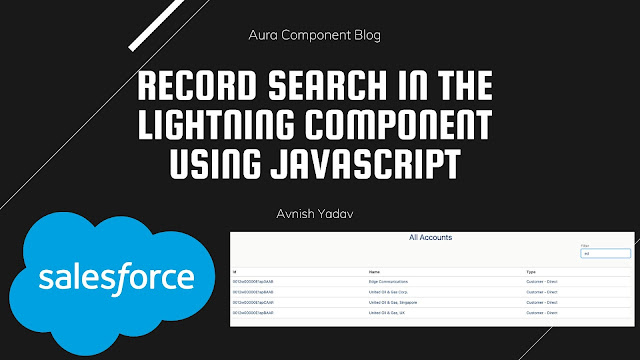Introduction to Python Programming - Part 1
.png) |
| Introduction to the Python Programming |
Python is a powerful dynamic programming language. It was created by Guido Van Rossum in 1991 at the National Research Institute of Mathematics and Computer Science of the Netherlands. Python is a beginner-friendly language. It is most known for its simple syntax and readable code. Python has been a highly readable design.
Python’s syntax is very easy and is like an English language. Some other programming languages use punctuation such as semicolon (;) etc. and Python uses simple English keywords. In addition to English, python is also influenced by mathematics.
Python is also functional and also object-oriented. You can use it as a scripting language or you can use it like a programming language.
In Python, if you want to do programs like Java and C #, you can write programs using object-oriented features, or you can create programs by functions like just C and C ++ languages.
Python can be easily integrated with C, C ++ Java, etc. Apart from this, the Python interpreter can also be extended by functions and data types of C and C ++.
Features of Python Programming
Python is a unique language. Its features make it different from other languages. Some of Python’s popular features are described below.INTERPRETED
Python is an interpreted language. You do not need to compile your code before running the program. The Python code run time is processed by the interpreter itself.Because of this feature of Python, python has proven to be a great language for rapid prototyping. Because you do not need to compile the code again and again.
This can be done by generating rapid prototypes of large applications.
However, due to being interpreted, python is a bit slow with compiled languages like C and C ++. In those languages, once compiled the code is run directly and there is no processing python code is processed by the interpreter before it is fully run.
But this feature of Python is very important because compiled languages can not be done as important as fast prototyping.
DYNAMICALLY TYPED
In Python, you do not need to define the data type of variables in advance. Python itself estimates their data types based on the values stored in the variables.This reduces the workload of developers. Apart from this, the developer avoids the potential mistakes related to data types.
STRONGLY TYPED
Python is a strongly typed language. Like this, like other programming languages, you can not convert the value of a data type to another data type value.Python Installation and Download Instructions
Python is an interpreted language. To program in Python, you need a Python interpreter. So before telling Python more about this, in this tutorial, you are being told to install a Python interpreter.
Installing a Python interpreter is very easy. Because most of us use the Windows operating system in India, so this tutorial is being used to install Python in Windows itself.
To install Python you have to download it first. You can download Python from its website https://www.python.org for download page https://www.python.org/downloads/.
Thanks
Happy Reading.
.png)
.png)







